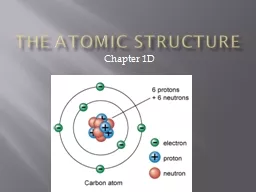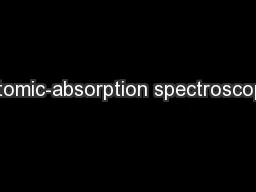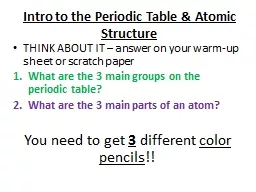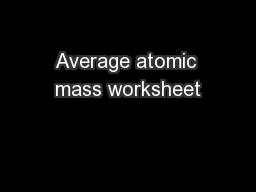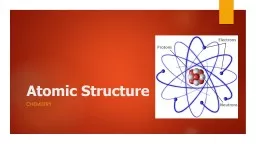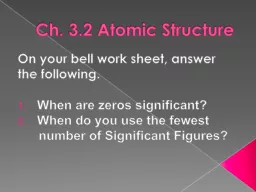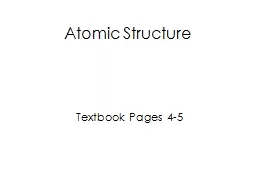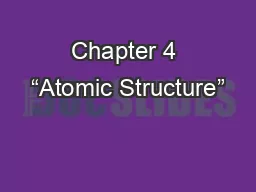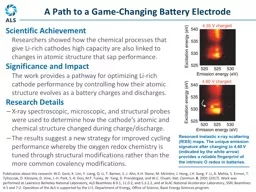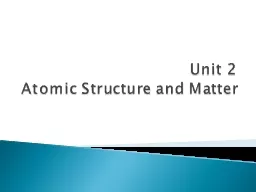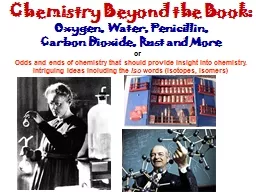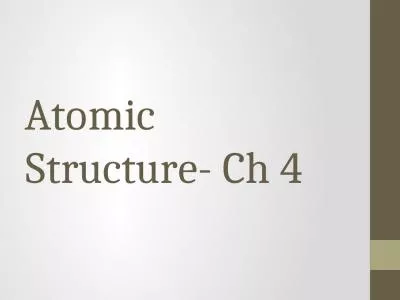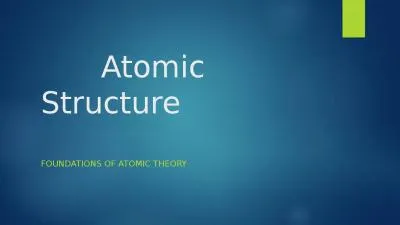PPT-The Atomic Structure
Author : giovanna-bartolotta | Published Date : 2017-06-26
Chapter 1D Warm Up November 28 What is smaller an atom or a cell Name and describe one element that you are familiar with on the periodic table When large blooms
Presentation Embed Code
Download Presentation
Download Presentation The PPT/PDF document "The Atomic Structure" is the property of its rightful owner. Permission is granted to download and print the materials on this website for personal, non-commercial use only, and to display it on your personal computer provided you do not modify the materials and that you retain all copyright notices contained in the materials. By downloading content from our website, you accept the terms of this agreement.
The Atomic Structure: Transcript
Download Rules Of Document
"The Atomic Structure"The content belongs to its owner. You may download and print it for personal use, without modification, and keep all copyright notices. By downloading, you agree to these terms.
Related Documents

